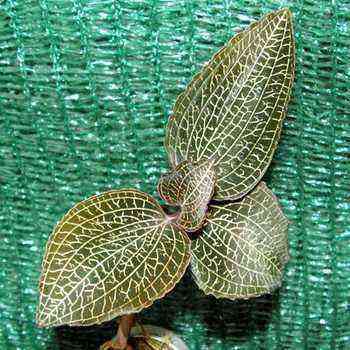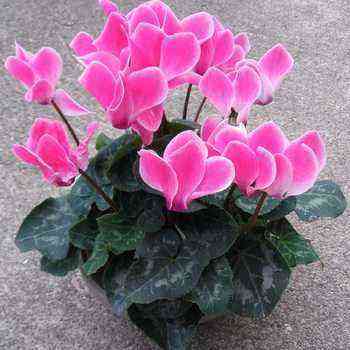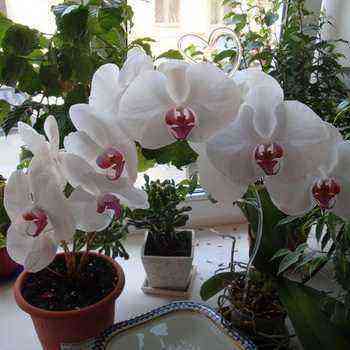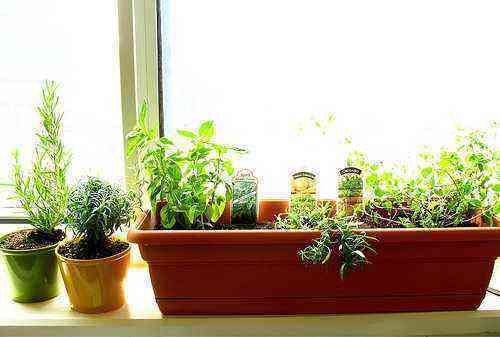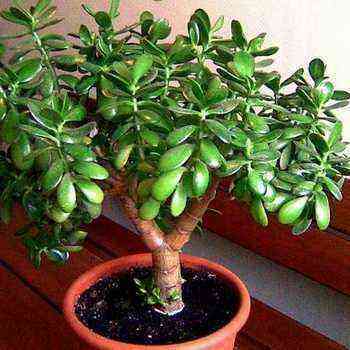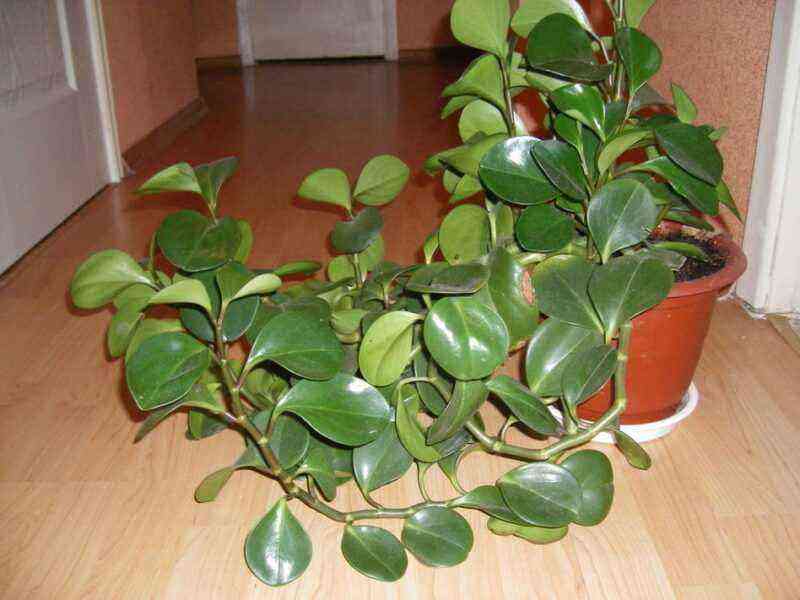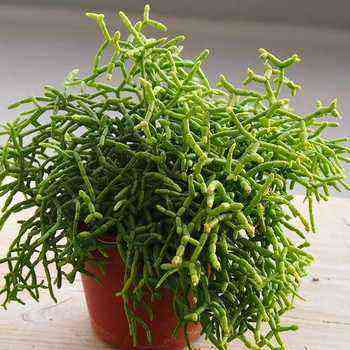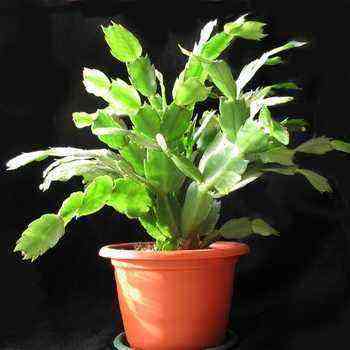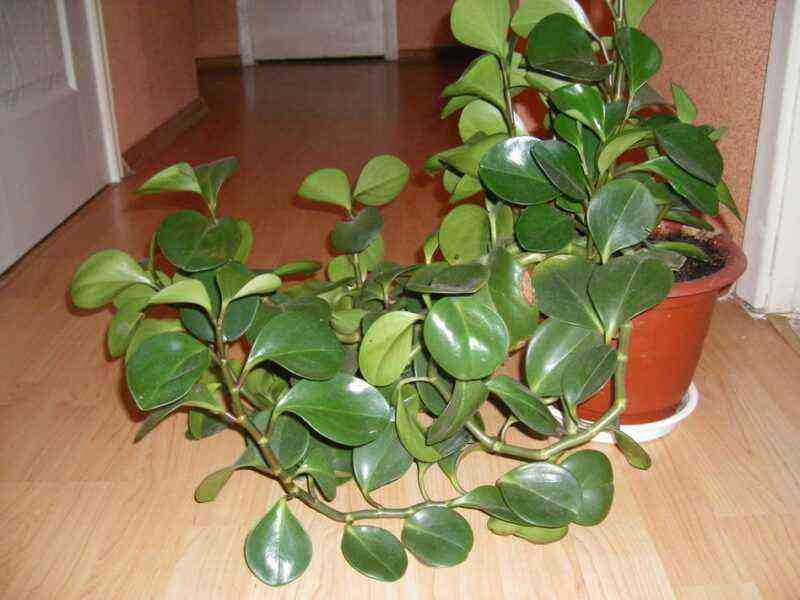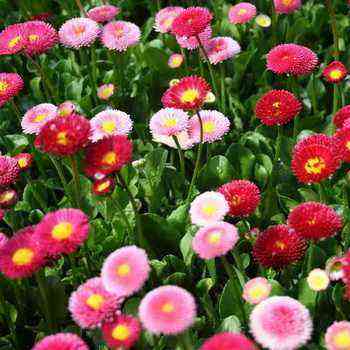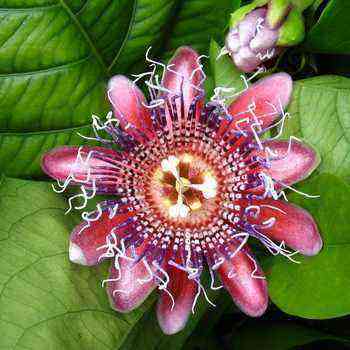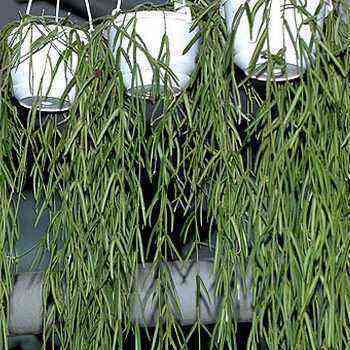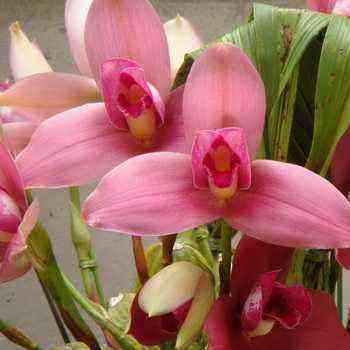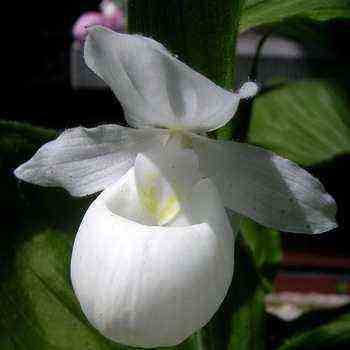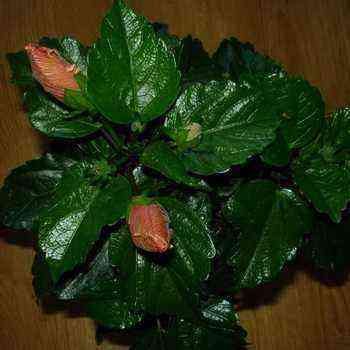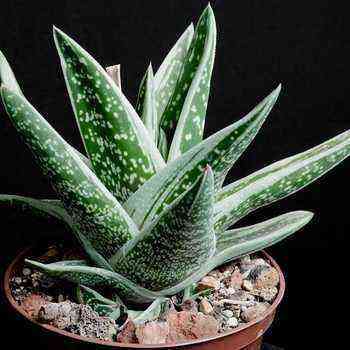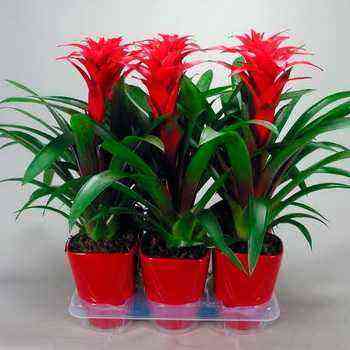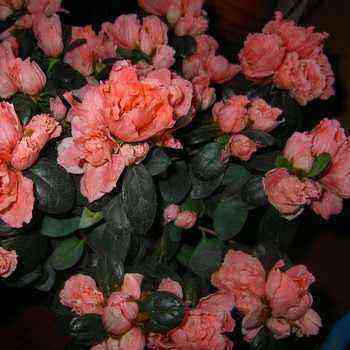 Caring for milkweed at home is not as easy as for other plants. These flowers are sensitive to lack of moisture in summer and may even lose their leaves.
Caring for milkweed at home is not as easy as for other plants. These flowers are sensitive to lack of moisture in summer and may even lose their leaves.
There are several types of indoor milkweed – and all of them are strikingly different from their “wild” counterparts.
You can find a photo and description of milkweed, as well as recommendations for caring for milkweed at home on this page.
Types of indoor euphorbia (Euphorbia)
Family: Euphorbiaceae, deciduous, ornamental, flowering, photophilous.
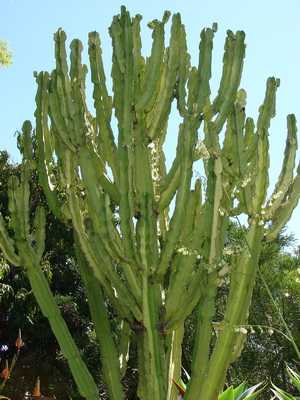

As you can see in the photo of indoor euphorbia species, this vast family includes plants of various life forms: from herbaceous annuals to stem succulents and small trees. It is the latter that will be the most interesting to us because of their amazing “non-spoiledness”.
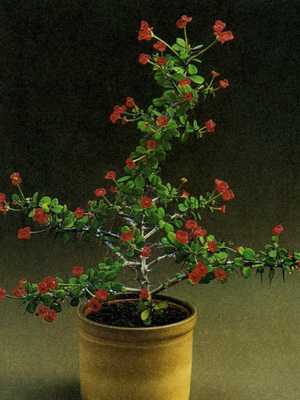
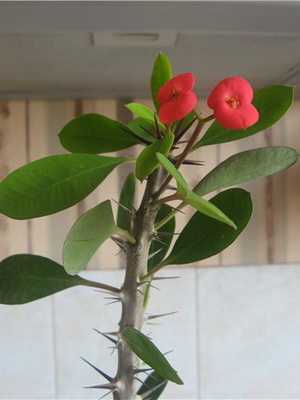
Spurge brilliant, or Mil (Euphorbia splendens, milli), it is also called the “crown of thorns” for the sharp thorns that cover the entire abundantly branching and twisted stem. It can grow up to 1,5-2 m. The leaves are oval, bright green, up to 5 cm long. The flowers themselves are small, yellow, collected in corymbose inflorescences, and bright scarlet covering leaves give them a decorative look. There are varieties with a different color of bracts (white, cream, orange).
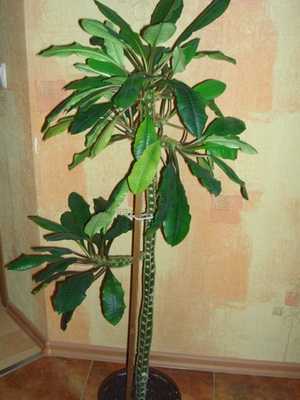
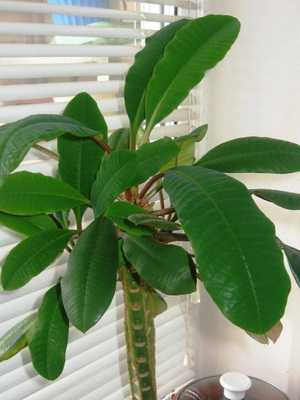
White-veined milk tea is described in some way like a palm tree. From the green, ribbed stem of Euphorbia leuconeura, there are large oval leaves with long petioles and white veins that fall off as the stem grows.


Euphorbia triangular (Euphorbia trigona), similar to the giant branching cacti from Westerns about the Wild West (only reduced several times). On the edges of its ribbed dark green shoots are red-brown thorns (up to 0,5 cm long) and lanceolate leaves. There are other types, but these are some of the most common. Growing fast. Shade-tolerant, but more like good lighting, even direct sunlight.
Caring for indoor milkweed at home
Overdrying the root ball can lead to leaf fall, but new ones will appear very soon, and in winter it is even better to limit watering. Top dressing is carried out only in the warm season, once every 2 weeks, with fertilizers for cacti. Pruning is possible at any time. They are transplanted, depending on the growth rate and age of the plant (every 1-5 years), into a soil mixture of sod and leafy soil, sand (1: 1: 1) or specialized for cacti and succulents. Good drainage is essential.
Just do not forget that all Euphorbiaids have a very poisonous juice.
